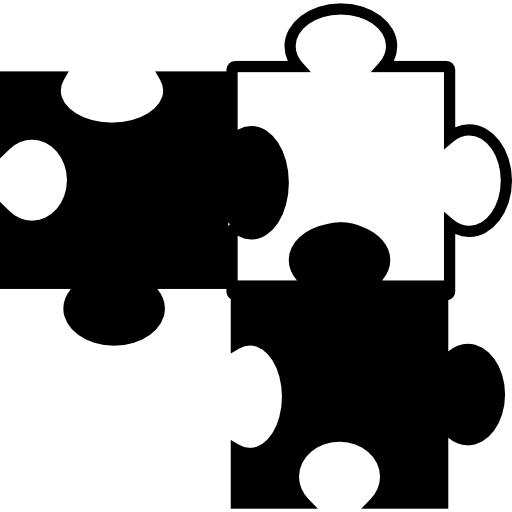

The details and history kind of escape me, I’m no expert on Assange, but I think your perspective is a little skewed.
Personally I think Assange is a power tripping scumbag. He handed the 2016 election to Trump and perhaps I’m small minded and shallow but it’s hard to ignore that.
That said, hiding in an embassy is not evidence of guilt, it’s an acknowledgement that the US is incapable of giving him a fair trial. He kicked them in the nuts and they’re not going to forget.
The suggestion that he should have a trial in Australia is non-sensical. He can’t have a trial here because there’s nothing to prosecute him for here. Australian courts are concerned with Australian law.










If they want to lock up Assange then they have to lock up Trump also… right?